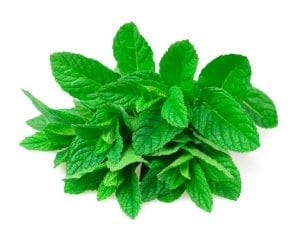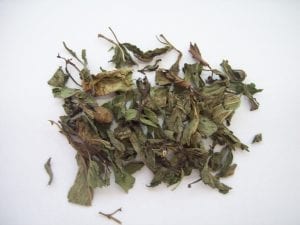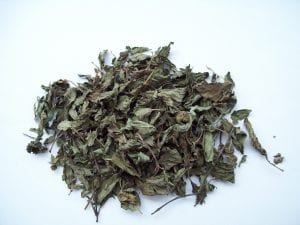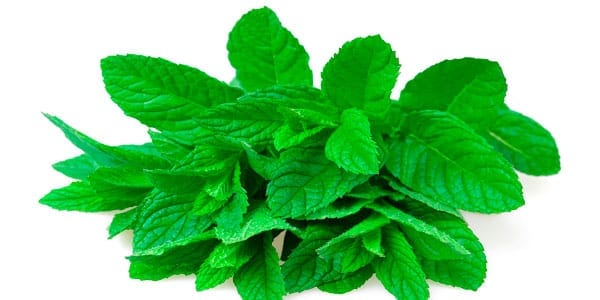Writes: Tomás Franco, author of Manual for spices
Peppermint and spearmint. Difficult task is to talk about the botanical genus Mentha. Because despite having a very recognizable aroma and flavor, there are so many varieties that it is certainly difficult to recognize them.
Inside to the family Lamiaceae gender is found Mentha formed by a great variety of easily hybridized plants. Generally herbaceous, perennial, of medium size and intensely green leaves, lanceolate with more or less serrated edges. They bloom in summer with small colored flowers that can range from white to purple.

Multitude of varieties between mint and spearmint
Among the best known varieties is "Mentha piperita L.", ccommonly known as MENTA or its english form mint o peppermint.
Then there is the "Mentha spicata L.", also known in Spain as PEPPERMINT or in English spearmint; the "Mentha pulegium". It is the pennyroyal used mainly for infusions. We find the "Mentha arvensia", known as japanese mint. Also "Mentha citrata", which is bergamot mint. As well as the "Mentha rotundifolia", which is the peppermint. Other varieties are "Mentha aquatica", "Mentha suaveolens", "Mentha crispa", etc.

In the kitchen
From a culinary point of view and as spices we are interested in the mint and spearmint. To differentiate them, we must pay attention to the corner of the leaves, shorter in the mint. The appearance of the leaves themselves, less sharp and with the teeth of the deeper edges in the peppermint.
The dried leaves are very similar, green to grayish-green in color, a little more intense in mint. Its flavor is very similar, warm and refreshing, more intense in the mint. The aroma is strong, sweet and pleasant, a little more herbaceous in the peppermint.

As they are creeping plants, their cultivation is very simple from rooted cuttings. The mint and spearmint they grow rapidly in fertile, moist, well-drained soils, preferably in the shade. They can become invasive.

In small quantities the mint combines with all kitchen herbs and spices. Its flavor is very well appreciated in soups, stews, stews, stews and vegetables. It is excellent with Catalan stewed green beans. At North of Africa is used to prepare the green tea (Moorish tea from Morocco) and in Havana for the famous mojito:
Ingredients
- 1 fresh spearmint stalk
- crushed ice
- juice of ½ strained lemon
- 1 tablespoon of syrup
- 1 glass of Cuban white rum
- soda water
Preparation
- Put the mint stem in a wide-mouth glass, crushing it a little with the pestle.
- Fill ¾ parts of the glass with crushed ice.
- Add the juice of ½ strained lemon.
- Now add the previously prepared syrup (heat 1 part of water and ½ of sugar).
- Finally add the white rum and soda water to complete the glass.
- Stir and decorate with fresh mint leaves.
This adds a characteristic flavor to boiled vegetables and legumes (carrots, potatoes, peas, aubergines, etc). Improve fruit and vegetable salads. To make the sauce for the roast lamb and to rub the meat before grilling. Typical of many North African dishes, such as Taboulé Lebanese. It is also used in confectionery for desserts, cakes, ice cream and in liquor stores as the well-known mint julep:
Ingredients
- 10 cubes
- 3 branches of fresh mint
- 60 ml of bourbon
Preparation
- Crush the ice and place it in a large glass.
- Remove 2 branches of mint and add the leaves to the glass.
- Add the bourbon and mix gently.
- Decorate the drink with the other mint branch.
Variations
- For a milder taste of bourbon, add 2 ml of angostura and 2 tablespoons of sugar glass.







